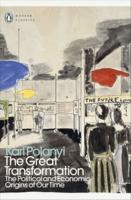Publisher's Synopsis
This book compares the distribution of family incomes and the effect of social policy upon them in the United States, the United Kingdom and Sweden. There are three interwoven themes: the interaction of multiple sources in generating family income distribution; the dynamic role of women in the modern welfare economy; and the role of government transfers in accounting for the economic well-being of families in the middle of their life course. Throughout the book two perspectives are brought to bear on these themes. A systematic comparison is made to elucidate similarities and differences across the three countries, and family income distribution within each country is studied to see how it is affected by the multiplicity of income sources. In conclusion, the authors deal with the implications of the study for family economic well-being in the "crisis" economic circumstances of the 1980s.











